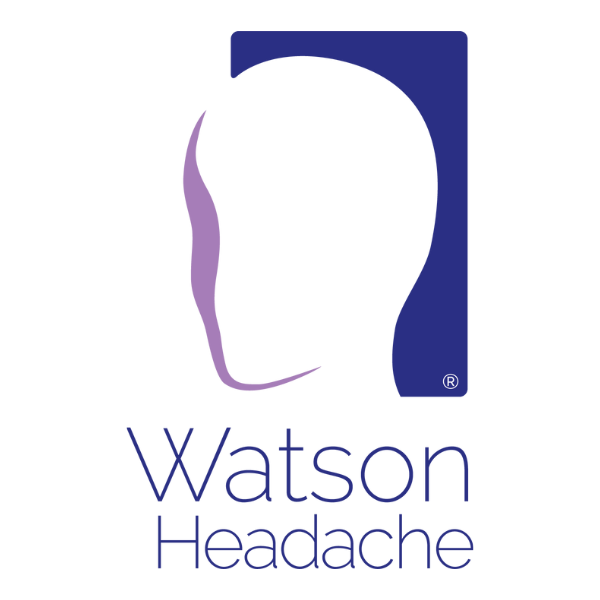‘Happy New Year, Watson. Let’s toast 2024!’ They do so with their customary glass of 2012 Albert Bichot Cote de Nuits Villages Burgundy.
In a vibrant, somewhat mischievous mood, Watson’s colleague ‘sticks his neck out’, “You are clearly frustrated with the medical model’s perspective of headache and migraine. What would you like to see happen in 2024?”
The Utopia of Headache
“Well… given contemporary research, my (and that of others) clinical experience, and that the reason/s for sensitisation of the trigeminal cervical complex (TCC) remain elusive, that a skilled examination of the upper cervical spine becomes routine when investigating primary headache conditions.”
“Yes, you have mentioned this before, but is it likely?”
“No” is the resounding reply.
“Why?”
The Academic Space
“Well… it’s complicated,” comes Watson’s reply. “There is an assumption that, despite the mystery surrounding the origin of sensitisation of the TCC in migraine, that cervical afferents, despite contemporary research demonstrating otherwise, and elementary neuroanatomy, are not involved, and I quote, ‘In migraine alone, the extremely common premonitory symptom of neck discomfort or pain leads to endless, and almost invariably useless, therapeutic attention to a structure that is as innocent of as are the eyes innocent of pathology in patients with photophobia.’1 Furthermore, in relation to primary headache (Tension-type headache – TTH), and I quote once again, ‘in cervicogenic headache the neck can be the cause (source) of the headache whereas in TTH the neck may have a component on the pain pattern, but it will be not the cause since it is a primary headache.’2 Watson continues, “These statements are made by world-leading researchers and significant influencers of the headache and migraine space – people I admire. However, given that the genesis of primary headache is unknown, I challenge anybody to explain these statements rationally”.
‘Lip Service’ of the ‘The Patient Knows Best’
“So, changing the landscape will be difficult with these academic perspectives. Perhaps it’s about what happens at the clinical, grassroots level?” enquires Watson’s colleague,
“Yes, but even this is difficult. Let’s consider some research3 that shows that, despite the patients indicating that their neck was the source of symptoms because it presented as migraine, this was dismissed by the medical model because… it presents as migraine and, therefore, cervical afferents cannot be involved.”
Watson continues, “I get this, firstly, theoretically, because of the bidirectional nature of the trigemino cervical nucleus, associated neck symptoms could be generated by a trigeminal issue, but let’s not forget that there are two experts in the room;4 patients’ knowledge of their journey/body is far superior to their headache consultant. I have been reading over the break, and I came across an interesting quote5 that has been paraphrased, ‘Trust your patient; they are telling you the truth, it is up to you to find out why. If your patient tells you that my neck is causing my migraine, it is, even if you cannot understand it, or it doesn’t fit your paradigm.” (attributed to Dr Peter Nathan, Neurologist)”
“Secondly, unsuccessful cervical treatments or recurrence of symptoms support cervical afferents as insignificant. However, as with every intervention, it depends on expertise and experience. Furthermore, sometimes, manual cervical intervention is not powerful enough to overcome what people are doing with their necks “50 hours a week; welcome to reality (and I cannot resist… a correlate to unsuccessful pharmaceutical management), but does this mean cervical afferents are not driving central sensitisation of the TCC?”
The Challenge of Collaboration… and with Whom?
“Well, that’s interesting. I have been doing some reading as well, and I came across ‘cervical pain is a pain in the neck for neurologists’.6” Watson’s colleague replies. “The overriding message is that there needs to be a collaboration between neurologists and pain specialists, but it occurs to me because we are looking at potential musculoskeletal issues that the neurologists work with skilled and experienced (in upper cervical) manual therapists, rather than, with respect, pain specialists.”
“Clearly,” agrees Watson.
“I know we have discussed demonstrating cervical relevancy before, but in this article,1 provocation of headache by using the ‘cervical grinding test’, i.e., compression on the head with lateral rotation, was accepted as a sensitive indication of upper cervical pathology in headache,” explains Watson’s colleague.
Watson (along with contemporary manual therapists globally) is cringing at this point. “This is a primitive, unselective test (which explains why cervical relevancy is rarely identified) to do on people and is not necessary and why there needs to be collaboration between neurologists and those experienced in manual musculoskeletal therapy. A lack of consensus denies many patients appropriate attention and is unacceptable.”
Cervical Afferents: Temporal Summation of the Pain in Neck for the Medical Model
Watson then reflects, “I am confident that the tide is changing. The emerging substantial research by credible manual therapists (who will need to tread a fine line between maintaining credibility, i.e. to comply with the medical model, and furnishing unpalatable – challenging the medical model paradigm – research) is creating a bigger pain in the neck for the medical model.”
References:
- Goadsby PJ, Bartsch T. On the functional neuroanatomy of neck pain. Cephalalgia. Jul 2008;28 Suppl 1:1-7.
- Fernández-de-Las-Peñas C, Cook C, Cleland JA, Florencio LL. The cervical spine in tension type headache. Musculoskelet Sci Pract. Aug 2023;66:102780.
- Ashina S, Bendtsen L, Lyngberg AC, Lipton RB, Hajiyeva N, Jensen R. Prevalence of neck pain in migraine and tension-type headache: a population study. Cephalalgia. Mar 2015;35(3):211-219.
- Cady RK. Red flags and comfort signs for ominous secondary headaches. Otolaryngol Clin North Am. Apr 2014;47(2):289-299.
- Woolf CJ. What to call the amplification of nociceptive signals in the central nervous system that contribute to widespread pain? Pain. Oct 2014;155(10):1911-1912.
- Goadsby PJ. Cervicogenic headache: a pain in the neck for some neurologists? Lancet Neurol. Oct 2009;8(10):875-877.

